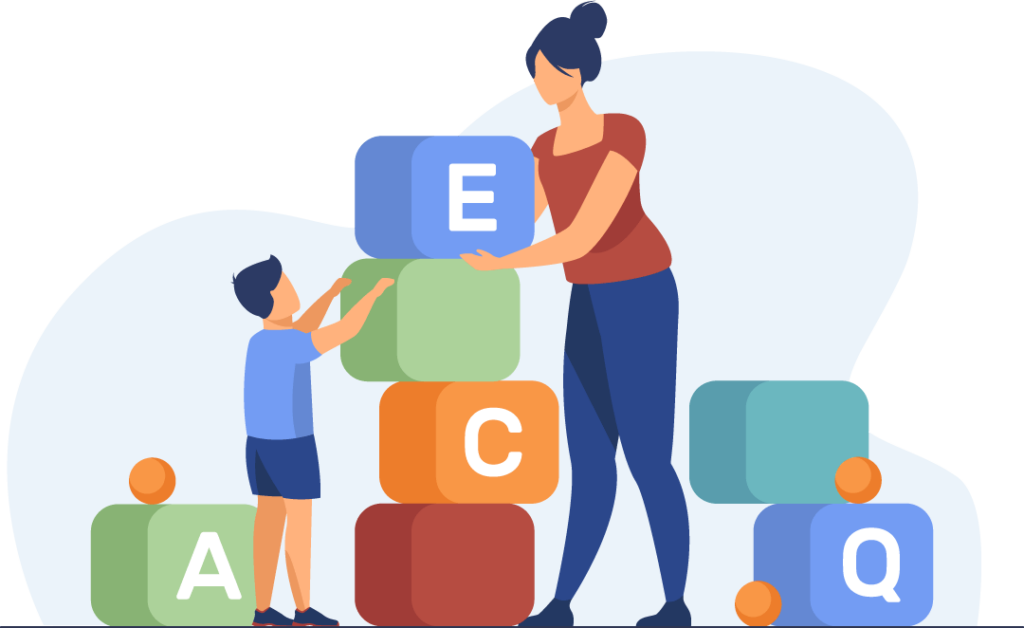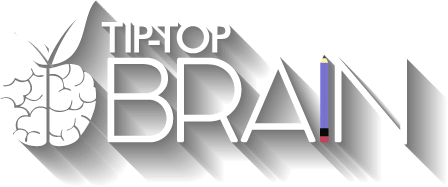Learning Pods

Learning Pods
Also called “pandemic pods,” micro-schools or nano-schools — are small groups of students (typically 3 to 10 children) who learn together outside the classroom but still in person.
Our Learning Pods:
Each pod has no more than 6 students, but often the pods are even more intimate with a student-teacher ratio around 4-1
The pod your child joins corresponds to their grade level (e.g., kindergarteners are in the kindergarten pod.)
The pod curriculum is designed to match and enhance grade-level learning standards.*
For students in K-2nd grade, socioemotional learning is imperative for their all-around development.
In recent years, it’s become apparent that our youngest students (i.e., K-2) benefit tremendously from receiving instruction in small groups.
- In light of the last few years, many K-2 students haven’t had sufficient opportunity to interact and work amongst their peers, making learning pods a natural solution.
- No less, in comparison to private tutoring, pod-style learning is the more affordable option.
Pod Choices
Math, ELA, or Both
- Letter recognition
- Letter sound recognition
- Writing letters and their sounds
- Decoding letters and sounds to create CVC words
- Identify and read sight words
- Describe the relationship between illustrations and the text
- Make connections between self, text, and the world
- Decode some regularly spelled one-syllable words
- Decode short vowel sounds with common spellings
- Number recognition
- Start to incorporate written numerals to represent quantities
- Begin to solve quantitative problems
- Describe physical world using geometric ideas and vocabulary
- Demonstrate understanding of spoken words, syllables, and sounds (phonemes)
- Read with sufficient accuracy and fluency to support comprehension
- Demonstrate command of the conventions of standard English grammar and usage when writing or speaking
- Develop and answer questions about key ideas and details in a text
- Recognize the distinguishing features of a sentence (e.g., first word, capitalization, ending punctuation)
- Write an opinion on a topic or personal experience; give two or more reasons to support that opinion
- Create a response to a text, author, theme or personal experience (e.g., poem, dramatization, artwork, or other)
- In literary texts, describe how characters respond to major events and challenges
- In informational texts, describe the connections between ideas, concepts, or a series of events
- Develop strategies for adding and subtracting whole numbers
- Develop, discuss, and use efficient, accurate, and generalizable methods to add within 100 and subtract multiples of 10
- Use place value understanding and properties of operations to add and subtract
- Describe the overall structure of a story, including describing how the beginning introduces the story and the ending concludes the action
- Begin to write more complex sentences over a variety of styles (narrative, opinion, informative writing)
- Write an opinion about a topic or personal experience, using clear reasons and relevant evidence
- Distinguish long and short vowels when reading regularly spelled one-syllable words
- Describe people, places, things, and events with relevant details, expressing ideas and feelings clearly
- Use place value understanding and properties of operations to add and subtract
- Write informative/explanatory texts that introduce a topic, use facts and other information to develop points, use content-specific language, and provide a concluding statement or section
- Extend their understanding of the base-ten system including: ideas of counting in fives, tens, and multiples of hundreds, tens, and one
- Recognize the need for standard units of measure (centimeter and inch) and use rulers and other measurement tools with the understanding that linear measurement
- Students describe and analyze shapes by examining their sides and angles. Students investigate, describe, and reason about decomposing and combining shapes to make other shapes
Pod Instructors
Finding quality teachers and tutors is hard. Finding quality K-2 teachers and instructors is extra hard.
Because a great K-2 teacher needs to know more than just what to teach. A great K-2 teacher has ultra-high emotional intelligence and can connect with the youngest of students to form trust and respect.
Our teacher-selection process is arduous to ensure students have instructors so passionate and effective, they’ll remember them for years to come.
We search high and low, find the perfect K-2 teachers, and then invest in honing their craft. The result? An absolute force of a teacher, who has as much heart as a brain.
Our instructors often are hired with impressive qualifications, whether they be pursuing degrees in childhood development or adolescent mental health, but either way, we train them up on: social emotional learning.

For a small taste of what our instructors are like, you can view their bios here, or catch some of their Oscar-worthy Instagram & TikTok performances.


